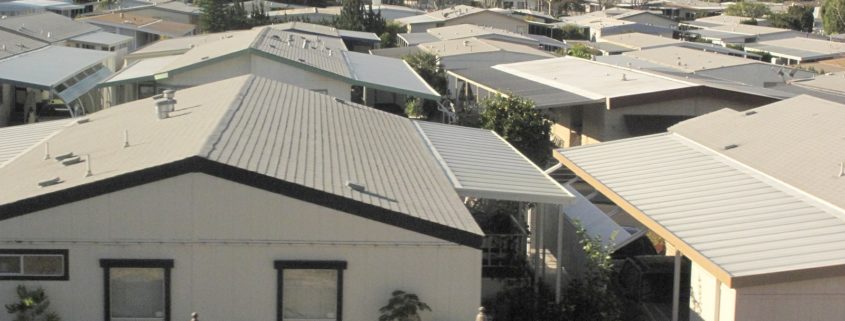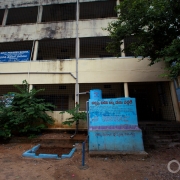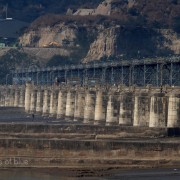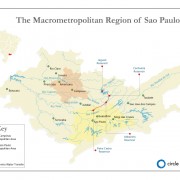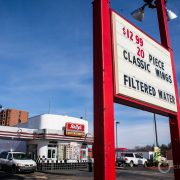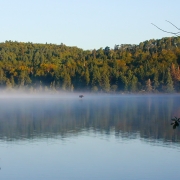California Mobile Home Park Residents Face Barriers to Clean Water
Study finds more frequent service cuts and dirtier water in trailer parks.
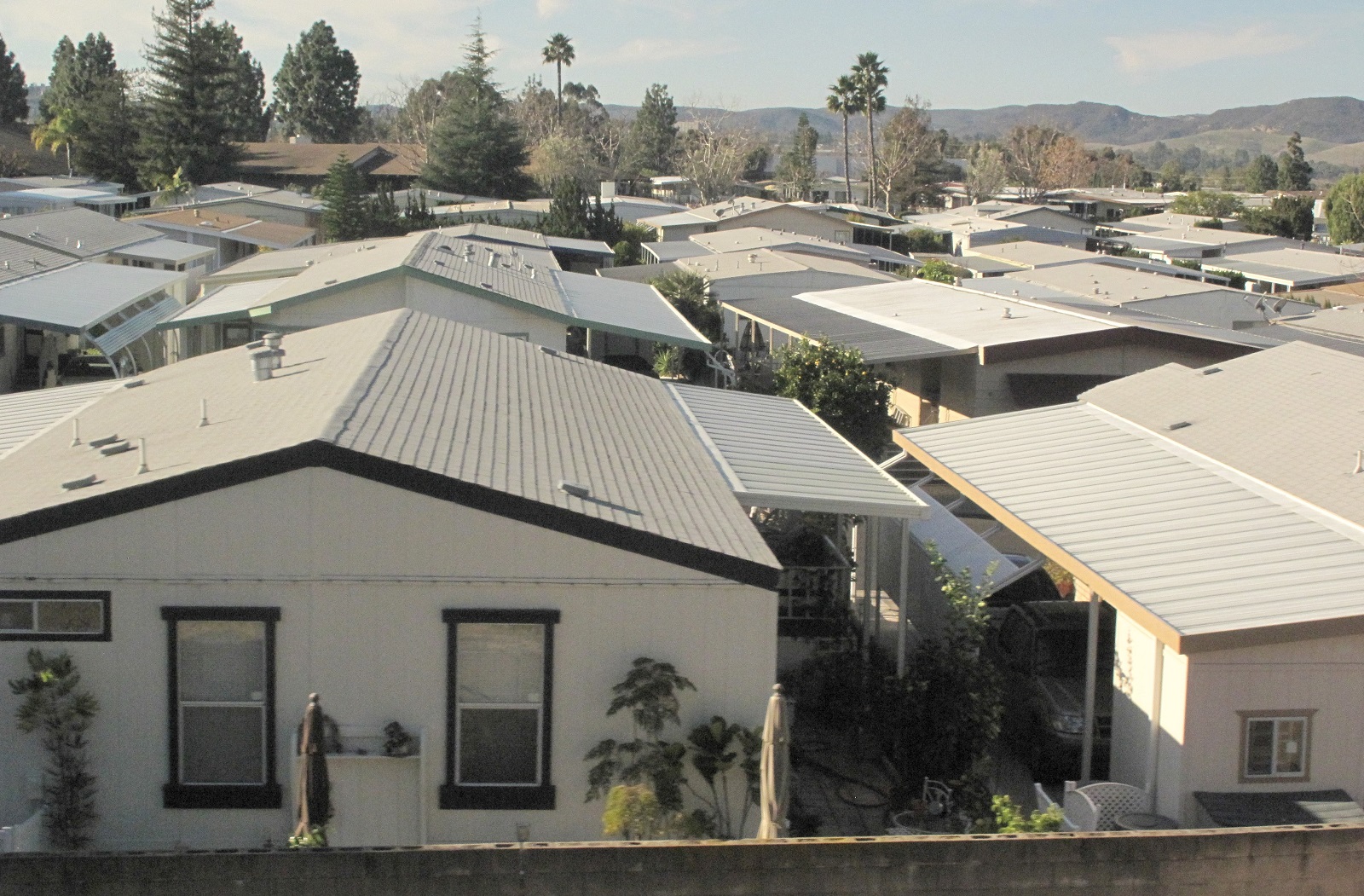
A mobile home park in Orange County, California. Photo courtesy of Wikimedia Commons
By Brett Walton, Circle of Blue
Many of the more than one million Californians who live in mobile home parks drink water that is more polluted and more likely to be cut off than residents who get water from other municipal utilities, according to the most detailed research to date on water access in California trailer parks.
Water service and quality in mobile home parks is “terribly neglected,” according to Greg Pierce, a researcher at the University of California, Los Angeles and lead author of the study, which was published on October 4 in the journal Environmental Justice.
“The story is that there is a pretty consistent neglect by the manager operating the system, either not paying the bills or not monitoring the quality,” Pierce told Circle of Blue. “It’s the larger issue of the park being owned by a person who is not doing much to maintain the system.”
A number of risk factors for water converge around mobile home parks. These water systems serve a disproportionately small number of people — from a few dozen up to several hundred in most cases — which is correlated with financial difficulties, poor service, and more water quality violations, Pierce said. Only three percent of Californians live in a mobile home park, but mobile home parks account for 13 percent of the state’s regulated community water systems. Operators are required to earn state certification but in practice there are problems.
By analyzing state drinking water data from 2010 to 2014, Pierce and Silvia Gonzalez, a coauthor, showed that mobile home parks had more frequent water quality violations: one-third exceeded at least one drinking water health standard in those years compared to one-quarter of other water systems. Using federal housing data, the researchers found that residents of mobile home parks were four times more likely to have water cut off than those served by other systems. Being cut off means that a resident went 24 or more hours without water service at least one time.
A second risk factor is that mobile home parks are more likely to rely on groundwater, which is worrisome for two reasons. Groundwater can be unreliable during severe droughts. Roughly one in 30 domestic drinking water wells was dry during the 2013 to 2015 drought in the western United States, according to a recent survey. Groundwater can also be contaminated by a mobile home park’s septic system, a self-wounding akin to scoring an own goal in soccer.
California is not the only state with such problems. Pierce has a Google news alert for mobile home parks and water contamination and has seen septic system contamination stories in recent years from Ohio, Pennsylvania, and other states. The California data also match the results from a national survey of water reliability in mobile home parks. That study, led by Pierce and published in 2015, found that mobile home park residents were nearly three times more likely to have water service cut off than residents served by other municipal systems.
Pierce called mobile home park water quality his “passion project.” It is part of his work on California’s human right to water law, which was signed in 2012. For this study, Pierce and Gonzalez evaluated mobile home park water service on quality, reliability, and affordability, which are the three tent poles of the right-to-water law.
Affordability data was the most difficult to come by. No state or federal database tracks household water costs. But Pierce and Gonzalez were able to identify aspects of affordability by looking at more than 1,300 articles published in Californian newspapers between 2000 and 2015. From the news archive, they found examples of residents paying for bottled water because the tap water was horrid.
Though small, these mobile home park water systems generally deliver water to enough people that they are regulated by the state just as large urban utilities are. Publicly regulated systems in California serve 15 or more connections.
There are a number of policy prescriptions available to remedy poor service and water quality in mobile home parks, Pierce said. One is for government agencies — not only the State Water Board but housing authorities too — to intervene against negligent operators.
There has been talk of interagency coordination. In its 2015 drinking water plan, the State Water Board recommended developing, along with the Department of Housing and Community Development, a strategy to address drinking water quality in mobile home parks. No strategy has been published, Andrew DiLuccia, a State Water Board spokesman, told Circle of Blue. Because staff in the drinking water division are responding to the wildfire emergency in Marin and Sonoma counties, DiLuccia could not confirm whether any meetings between the two agencies had taken place.
Connecting a smaller, poorly performing system to a better-run neighbor is another option, Pierce said. Mobile home parks are often at the edges of cities, within reach of municipal water lines.
The State Water Board has made progress on this point. A state law passed in 2015 allows the board to force systems to merge. The board has mandated only one consolidation to this point, but in 2017 at least three of the 34 voluntary unions have involved mobile home parks.
Brett writes about agriculture, energy, infrastructure, and the politics and economics of water in the United States. He also writes the Federal Water Tap, Circle of Blue’s weekly digest of U.S. government water news. He is the winner of two Society of Environmental Journalists reporting awards, one of the top honors in American environmental journalism: first place for explanatory reporting for a series on septic system pollution in the United States(2016) and third place for beat reporting in a small market (2014). He received the Sierra Club’s Distinguished Service Award in 2018. Brett lives in Seattle, where he hikes the mountains and bakes pies. Contact Brett Walton

